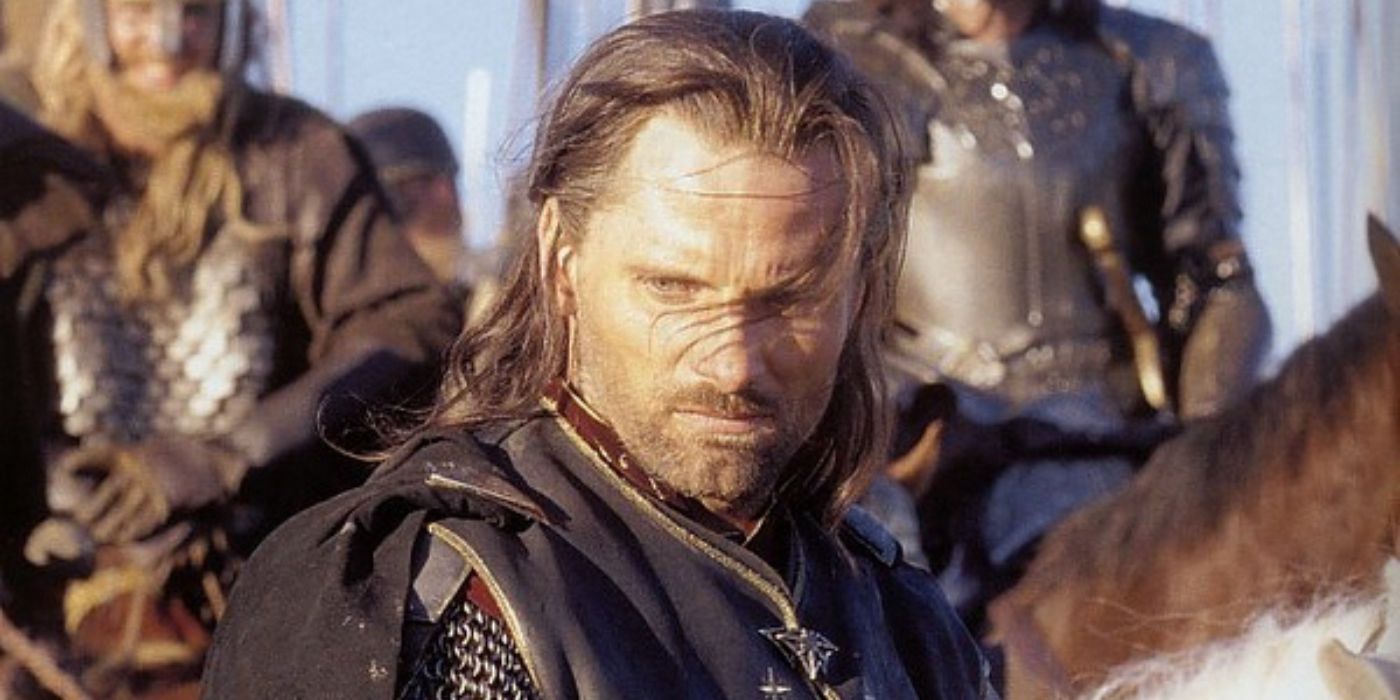Few works have left as indelible a mark on the high fantasy genre as Peter Jackson’s The Lord of the Rings trilogy. Adapted from J.R.R. Tolkien’s seminal books, the adventures of the hobbit Frodo Baggins (Elijah Wood) not only redefined epic filmmaking but brought Tolkien’s richly detailed world of Middle-earth to life. As Frodo and his loyal friend Sam (Sean Astin) embark on a perilous journey to destroy the One Ring with the help the Fellowship, the award-winning trilogy set the gold standard for adaptations of fantasy literature as one of the greatest film series ever made.
The Lord of the Rings series has since grown into a multimedia franchise which continues to revisit Tolkien’s timeless world full of friendship, courage, and hope. Prime Video’s prequel series The Rings of Power takes viewers back to the Second Age of Middle-earth, exploring the forging of the Rings and the rise of their maker, the Dark Lord Sauron. In 2024, Warner Bros. released an animated feature film, The War of the Rohirrim, that dove deeper into the lore of Rohan through King Helm Hammerhand’s daughter. In stories of both old and new, the enduring allure of Tolkien’s fantasy universe thrives.
The Iconic Battle In Return of The King Was A Masterstroke Of Fiction
Historical Accuracy Gives Way To Epic Storytelling
The Lord of the Rings trilogy is full of jaw-dropping moments, but the climactic battle in The Return of the King is arguably its most iconic. Aragorn (Viggo Mortensen), Gandalf (Ian McKellen), and their allied forces meet Sauron’s overwhelming Orc army in a fiery climax to the fantasy trilogy. By successfully diverting the Orcs through this intense clash, Frodo and Sam are able to climb their way to Mount Doom where they vanquish Sauron once and for all. The Return of The King swept the Oscars that year with 11 wins, including Best Picture, and grossed over $1.1 billion worldwide.
From Insider’s How Real Is It? series, historian Roel Konijnendijk reviewed some of the final scenes in The Return of the King, giving the heroes’ epic battle against the Orcs a score of 8 out of 10 for realism. Konijnendijk pointed out that the scene where King Théoden slaps the lances of his army with his sword before they charge was entirely made up by actor Bernard Hill. Here’s what he had to say:
It works so well that you almost want this to be a real thing and people sometimes ask me like, ‘Is that a real thing? Is that something that ancient or medieval commanders would do?’ It’s like ‘No, Bernard Hill did that,’ and now it’s in this like incredible depiction of something that looks like premodern warfare. But that’s just cinema.
Konijnendijk also detailed how cavalry charges in films, like the dramatic charge of Théoden’s army, deviate from historical tactics:
Calvary charges usually would have been a lot slower than you see in movies. Where in movies they spend a lot of time galloping they’re kind of going in at full speed at the enemy, and they do that for a long time because it gives a sense of speed and drama, and it gets that nice hoof beat sound.
If they have to be тιԍнт, they have to be close together and so, in order to maintain that you have to make sure you don’t go too fast too soon, because the horses will have different paces. [If] they even gallop at all, that would only be like the last couple dozen meters.
Our Take On Return Of The King’s Epic Battle
That’s Just Cinema, Baby!
Even with his critiques, Konijnendijk gave the scene a glowing review, calling it “the best ancient warfare scene you could possibly imagine” and rating The Return of the King as “awesome out of ten.” Tolkien’s world is less about strict historical fidelity and more about a poignant and unforgettable cinematic experience. Théoden’s war ritual, the cavalry’s thrilling charge, and the war elephants are perfect instances of how these films transcend realism to evoke awe. While historical purists might debate the details, the scene remains an awe-inspiring spectacle which affirms The Return of the King as an all-time great.
Source: Insider






